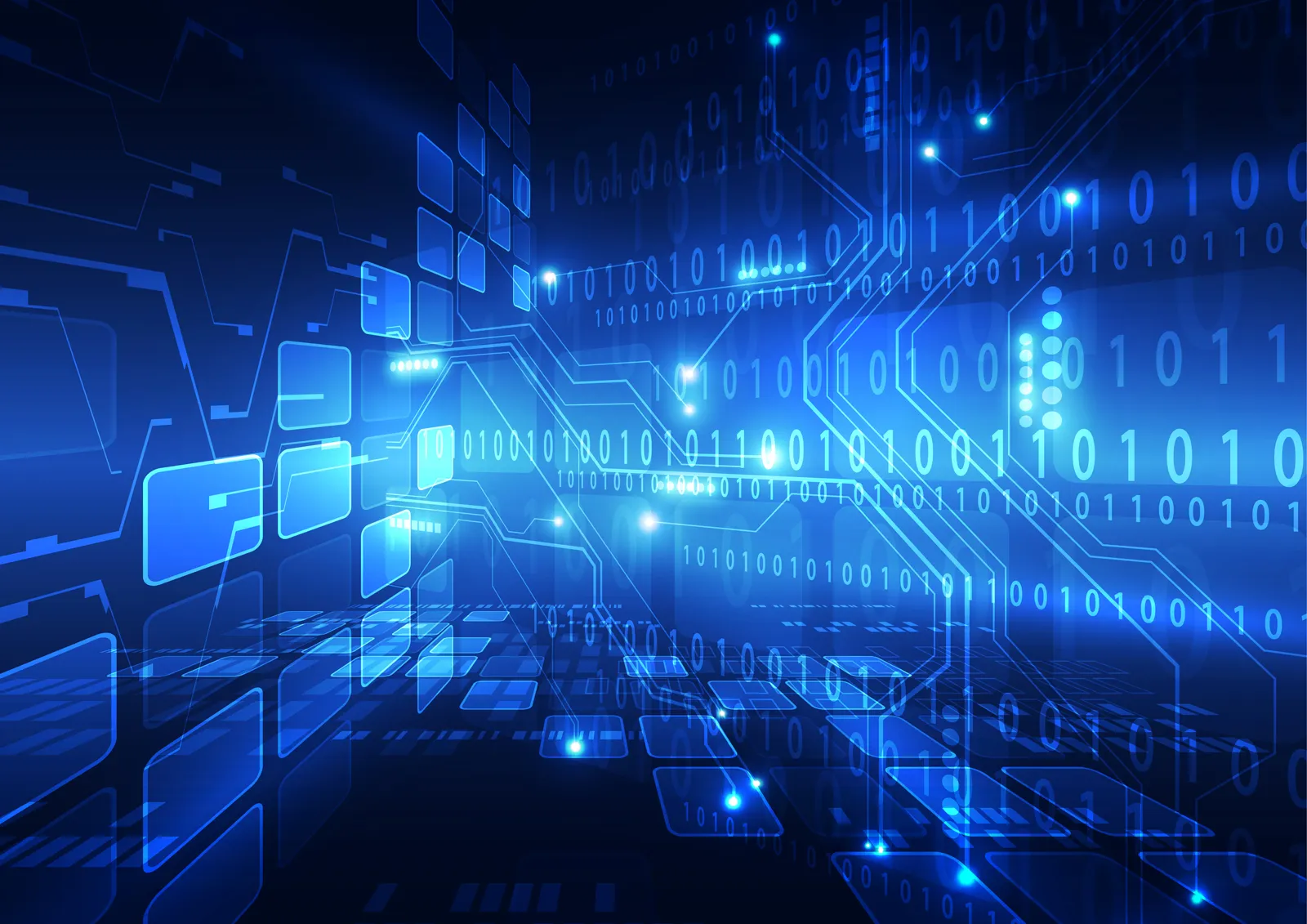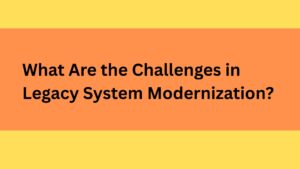What Are the Advantages of Integrating AI With IoT Platforms?
The rapid evolution of technology has brought two transformative forces to the forefront: Artificial Intelligence (AI) and the Internet of...

The rapid evolution of technology has brought two transformative forces to the forefront: Artificial Intelligence (AI) and the Internet of Things (IoT). Individually, both technologies have reshaped industries, optimized operations, and opened doors to innovations once considered impossible. However, when AI and IoT converge, their combined capabilities create a far-reaching, intelligent, and adaptive ecosystem known as AIoT (Artificial Intelligence of Things).
By integrating AI’s cognitive abilities with IoT’s vast network of connected devices, businesses can transform raw data into actionable intelligence in real-time. This integration enables smarter decision-making, predictive capabilities, and automation at an unprecedented scale.
In this blog, we’ll explore the advantages of integrating AI with IoT platforms, highlight practical use cases, and examine why organizations across industries are accelerating their AIoT adoption.
Understanding AIoT: The Power of Synergy
Before diving into the benefits, it’s essential to understand what makes AIoT so powerful. IoT networks collect massive volumes of data from devices, machines, sensors, and systems. While valuable, this data on its own is often unstructured and lacks context. AI steps in to process, analyze, and interpret the data, enabling meaningful insights and decisions without manual intervention.
AIoT systems can detect anomalies, predict failures, automate workflows, and optimize performance—all while learning from new data patterns. This fusion reduces latency, enhances efficiency, and creates a foundation for innovation across sectors like healthcare, manufacturing, logistics, and smart cities.
1. Real-Time Data Analysis for Faster Decision-Making
One of the most compelling advantages of AI-IoT integration is the ability to process data in real time. In traditional IoT setups, data is often collected, sent to the cloud, and then analyzed—introducing delays.
With AI embedded directly into IoT platforms, analytics happen closer to the data source (edge computing). This enables faster response times in scenarios where every second counts, such as:
- Predictive maintenance in manufacturing lines to avoid costly downtime
- Emergency response systems that detect hazards and trigger alerts instantly
- Smart energy grids that balance supply and demand in real time
- Fleet management platforms that optimize delivery routes on the fly
- Remote patient monitoring systems that alert healthcare providers instantly in case of anomalies
By shortening the time between data capture and decision-making, organizations can move from reactive to proactive operations.
2. Predictive Maintenance and Asset Optimization
Predictive maintenance has become a cornerstone of Industry 4.0, and AIoT is the driving force behind it. IoT sensors collect performance metrics from machinery, while AI models analyze these data streams to detect early signs of wear, degradation, or malfunction.
Benefits include:
- Minimized unplanned downtime by fixing issues before they escalate
- Extended equipment lifespan through timely interventions
- Reduced maintenance costs with condition-based servicing rather than time-based schedules
- Enhanced safety by preventing hazardous equipment failures
Industries such as aviation, energy, and heavy manufacturing are already seeing significant savings through AI-driven predictive maintenance.
3. Enhanced Operational Efficiency Through Automation
AI-enabled IoT platforms don’t just monitor—they act. By leveraging automation, these systems can execute commands or adjust processes without human intervention.
For example:
- In smart buildings, AIoT systems can automatically adjust lighting, heating, and ventilation based on occupancy and weather conditions
- In agriculture, AIoT can optimize irrigation schedules based on soil moisture levels and weather forecasts
- In supply chains, AIoT can reorder inventory as stock runs low, ensuring consistent supply
This level of automation reduces manual workload, minimizes errors, and ensures operations run optimally at all times.
4. Improved Personalization in Customer Experiences
In sectors like retail, hospitality, and healthcare, AIoT can elevate personalization to new heights. By analyzing customer behavior, preferences, and usage patterns from IoT devices, AI can tailor recommendations, services, and interactions.
For instance:
- Smart retail stores can adjust promotions in real time based on customer profiles
- Wearable health devices can customize wellness programs based on user activity and biometrics
- Connected vehicles can adapt infotainment and navigation preferences for individual drivers
This personalized engagement fosters loyalty, enhances satisfaction, and drives revenue growth.
5. Strengthened Security and Risk Management
While IoT expands operational capabilities, it also increases the attack surface for cyber threats. AI enhances IoT security by detecting anomalies, identifying vulnerabilities, and responding to suspicious activities in real time.
Key capabilities include:
- Threat detection through continuous network monitoring
- Automated risk mitigation by isolating compromised devices
- Fraud prevention in connected financial systems
- Proactive compliance monitoring in regulated industries
Organizations leveraging AI software development services can embed advanced threat detection algorithms into IoT infrastructures, ensuring security is proactive, not reactive.
6. Energy Efficiency and Sustainability Gains
AIoT is playing a pivotal role in enabling sustainable practices. Smart grids, connected buildings, and intelligent manufacturing systems can use AI to analyze energy usage patterns and implement energy-saving measures.
Examples include:
- Dynamic load balancing in energy distribution
- Optimized HVAC systems in commercial buildings
- Waste reduction in manufacturing through process optimization
- Smart lighting that adjusts brightness based on occupancy and daylight
The outcome is not only cost savings but also significant progress toward environmental sustainability goals.
7. Seamless Scalability Across Industries
Whether deployed in a small business or a global enterprise, AIoT systems can scale effortlessly. The modular nature of IoT devices combined with AI’s ability to adapt to new data sets means solutions can expand without overhauling infrastructure.
Industries like transportation, logistics, and agriculture benefit from this flexibility, as they can start small—monitoring a few assets—and scale to thousands as business needs grow.
8. Unlocking New Business Models and Revenue Streams
AIoT doesn’t just optimize existing operations—it opens doors to entirely new business models. Data collected from IoT devices, when analyzed intelligently, can reveal patterns and opportunities for new services.
For example:
- Manufacturers can offer predictive maintenance as a service to customers
- Healthcare providers can monetize anonymized patient insights for medical research
- Smart city initiatives can leverage citizen engagement data for urban planning
Companies working with custom iot development services providers can tailor platforms to capture niche market opportunities, ensuring technology investment translates directly into competitive advantage.
Real-World Applications of AI-IoT Integration
AIoT is not a theoretical concept—it’s already in motion across multiple sectors:
- Healthcare: Remote patient monitoring, AI diagnostics, and hospital asset tracking
- Manufacturing: Automated quality control, robotics integration, and production optimization
- Retail: Smart inventory systems, AI-driven merchandising, and customer flow analysis
- Transportation: Intelligent traffic management, fleet optimization, and predictive vehicle maintenance
- Agriculture: Precision farming, pest detection, and automated irrigation
Challenges in Integrating AI With IoT
Despite the advantages, AIoT adoption comes with its own set of challenges:
- Data privacy and compliance concerns, especially in regulated industries
- Interoperability between different IoT devices and AI systems
- High implementation costs for large-scale deployments
- Need for skilled talent in AI, IoT, and data analytics
- Complexity in managing and securing massive data volumes
Overcoming these challenges requires strategic planning, the right technology partners, and a strong focus on security.
Future Outlook: The Expanding Horizon of AIoT
The global AIoT market is projected to grow exponentially over the next decade, fueled by advances in machine learning, 5G connectivity, and edge computing. Emerging trends include:
- Self-healing systems that automatically fix operational faults
- AI-powered digital twins for real-time simulation and optimization
- Cross-industry AIoT ecosystems enabling data sharing and collaboration
- Hyper-personalization in consumer services driven by AI insights
As these technologies mature, AIoT will become a critical enabler of competitiveness and resilience in the digital economy.
Conclusion
Integrating AI with IoT platforms offers far-reaching advantages—from predictive insights and real-time automation to enhanced security and new business opportunities. The AIoT paradigm is not just about connecting devices; it’s about creating intelligent, self-optimizing ecosystems that can anticipate needs, prevent issues, and continuously improve.
Organizations that embrace AIoT early stand to gain not only operational efficiencies but also the agility to innovate and adapt in a rapidly changing technological landscape.
FAQs
1. What is AIoT?
AIoT stands for Artificial Intelligence of Things, a convergence of AI capabilities with IoT networks to process and analyze data for smarter decision-making.
2. How does AI improve IoT systems?
AI enables IoT systems to analyze data in real time, predict future events, automate processes, and enhance personalization, making them more intelligent and efficient.
3. Which industries benefit the most from AIoT?
Industries such as healthcare, manufacturing, transportation, retail, and agriculture are seeing transformative benefits from AIoT adoption.
4. Is AIoT secure?
With the right security frameworks and continuous monitoring, AIoT can be highly secure. AI-powered threat detection adds an additional layer of protection to IoT networks.
5. How does AIoT support sustainability?
AIoT optimizes energy use, reduces waste, and enhances resource management, helping organizations meet their sustainability goals while reducing costs.




